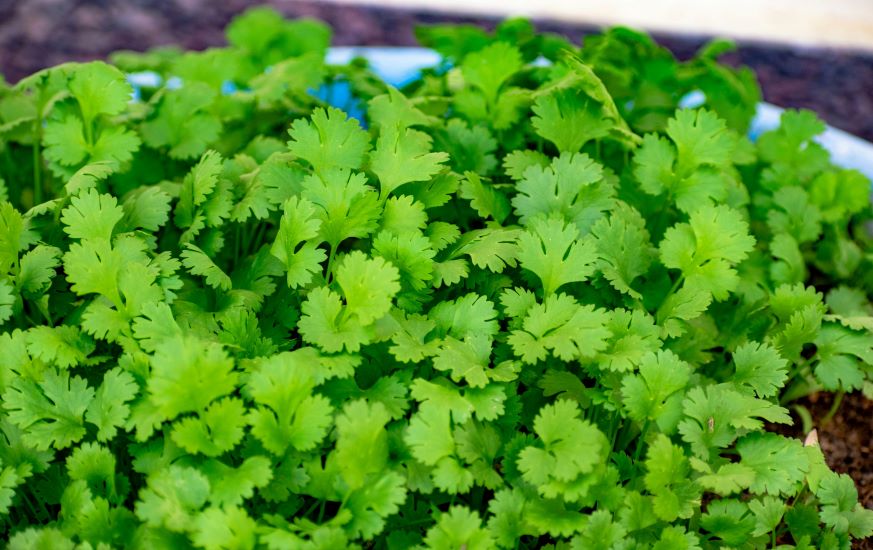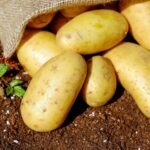How to Successfully Grow Dhaniya (Coriander) in the Kitchen

Growing dhaniya, also known as coriander or cilantro, in your kitchen is not only convenient but also rewarding. Freshly harvested dhaniya adds a burst of flavor to your dishes and ensures you always have this versatile herb on hand. Whether you’re a seasoned gardener or a beginner, here’s a step-by-step guide to successfully growing dhaniya in your kitchen:
1. Choose the Right Container: Select a container that is at least 6-8 inches deep and has drainage holes at the bottom to prevent waterlogging. A wide container with a diameter of 12-16 inches provides ample space for the dhaniya roots to grow.
2. Use Quality Potting Mix: Fill the container with well-draining potting mix enriched with organic matter. Dhaniya prefers slightly acidic to neutral soil with good moisture retention. Avoid compacted soils as they can hinder root growth.
3. Sow the Seeds: Sprinkle dhaniya seeds evenly over the soil surface, gently pressing them into the soil. Cover the seeds with a thin layer of potting mix and water lightly. Dhaniya seeds germinate best in temperatures between 60-75°F (15-24°C).
4. Provide Adequate Light: Place the container in a sunny location where it receives at least 4-6 hours of sunlight per day. Dhaniya prefers bright indirect light but can tolerate some direct sunlight, especially in cooler climates.
5. Water Regularly: Keep the soil consistently moist but not waterlogged. Water the dhaniya plants whenever the top inch of soil feels dry to the touch. Avoid overhead watering to prevent damping off and fungal diseases.
6. Fertilize Occasionally: Feed your dhaniya plants with a balanced liquid fertilizer diluted to half strength every 2-4 weeks during the growing season. Avoid over-fertilizing, as excessive nutrients can lead to leggy growth and reduced flavor.
7. Harvest Frequently: Once the dhaniya plants reach 6-8 inches in height, you can start harvesting the leaves. Use clean scissors or pruning shears to snip off the outer leaves, leaving the inner growth intact to continue producing new foliage. Regular harvesting promotes bushier growth and prolongs the harvest period.
8. Prevent Bolting: To prevent the dhaniya plants from bolting (producing flowers and seeds prematurely), keep them well-watered and harvest the leaves frequently. High temperatures and dry soil can trigger bolting, so provide shade during the hottest part of the day in summer.
9. Succession Planting: To ensure a continuous supply of fresh dhaniya, consider succession planting every 2-3 weeks. Sow new seeds in a separate container while harvesting from mature plants, allowing for a staggered harvest throughout the growing season.
10. Watch for Pests and Diseases: Keep an eye out for common pests such as aphids, spider mites, and whiteflies, which can infest dhaniya plants. Remove any affected leaves and treat with insecticidal soap if necessary. Proper air circulation and adequate spacing can help prevent fungal diseases.
By following these tips, you can successfully grow dhaniya in your kitchen and enjoy a constant supply of fresh, flavorful herbs for your culinary creations. Whether sprinkled over curries, added to salads, or used as a garnish, homegrown dhaniya adds a delicious and aromatic touch to your favorite dishes. Happy gardening and happy cooking!
Picture Courtesy: Google/images are subject to copyright








